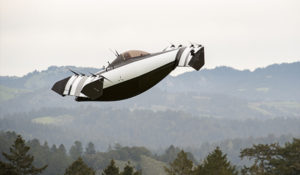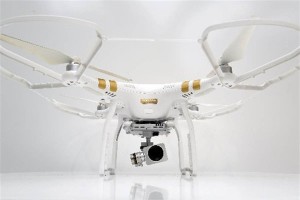OPENER NAMED PRESENTING SPONSOR OF EAA AIRVENTURE OSHKOSH 2020 INNOVATION SHOWCASE
EAA AVIATION CENTER, OSHKOSH, Wisconsin — (December 16, 2019) — Opener, the company that designs and builds the all-electric BlackFly personal aircraft, has been named the presenting sponsor of the Innovation Showcase at EAA AirVenture Oshkosh 2020. The 68th annual Experimental Aircraft Association fly-in convention is July 20-26 at Wittman Regional Airport in Oshkosh, Wisconsin, and annually draws 600,000 people and 10,000 aircraft.
The Innovation Showcase at EAA AirVenture is focused on research and development in the aviation and aerospace industries. It welcomes cutting-edge companies that seek to bring their new products to the public and the aviation marketplace.
“Opener has an unparalleled leadership position in new technology driving personal flight,” said Dave Chaimson, EAA’s vice president of business development and membership. “They have been a part of the Innovation Showcase at EAA AirVenture Oshkosh for the past two years and have been a prime example of the innovative aviation technology we’ve been introducing at AirVenture. Having them as the presenting sponsor of this area will bring even more companies to Oshkosh who are interested in highlighting the newest and best in aviation.”
Opener spent the last 10 years in stealth mode, designing, developing, and testing new innovative technologies, which have now evolved into an all-electric, vertical takeoff-and-landing vehicle, BlackFly. Opener made its public debut in July 2018, shortly before displaying BlackFly at Oshkosh that year. A BlackFly v2 is now on display in the EAA Aviation Museum in Oshkosh.
“EAA AirVenture has always been synonymous with what’s new and game-changing in aviation,” said Ben Diachun, Opener’s president. “Seeing how attendees at Oshkosh welcome and encourage new ideas in all areas of flight convinced us that we needed to help foster it even further by sponsoring EAA’s Innovation Showcase.”
Only 20 exhibitors are selected from all applicants to be included in the Innovation Showcase. Any aviation-related product or service that demonstrates unique, forward-looking technology is invited to apply for complimentary exhibit space in that area. In 2019, nearly 75 companies applied for this area at Oshkosh. Applications for 2020 are currently being accepted through April 1, 2020, through the EAA.org/Innovation website.
About EAA AirVenture Oshkosh
EAA AirVenture Oshkosh is “The World’s Greatest Aviation Celebration” and EAA’s yearly membership convention. Additional EAA AirVenture information, including advance ticket and camping purchase, is available online at www.eaa.org/airventure. EAA members receive lowest prices on admission rates. For more information on EAA and its programs, call 1-800-JOIN-EAA (1-800-564-6322) or visit www.eaa.org. Immediate news is available at www.twitter.com/EAA.


